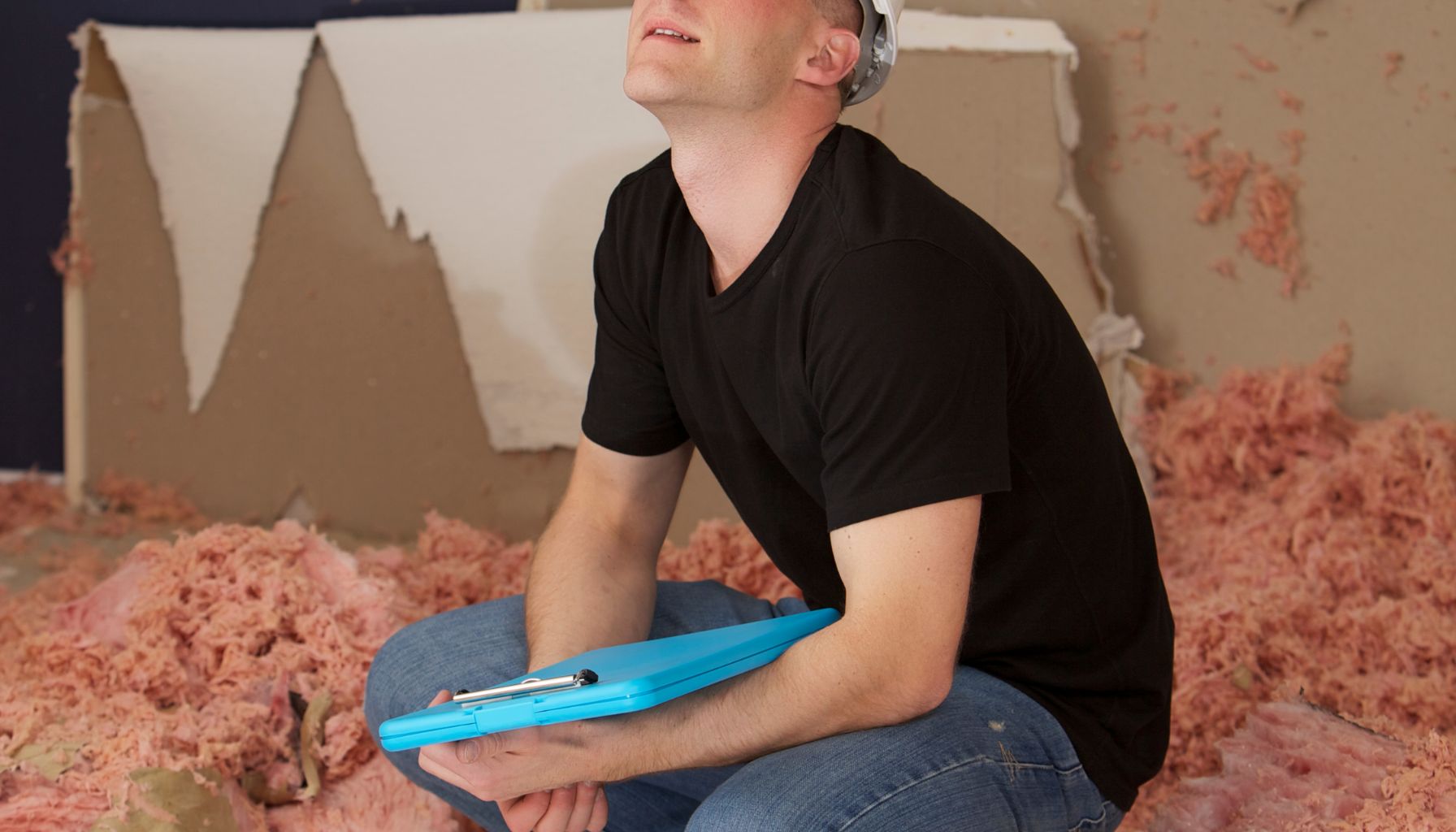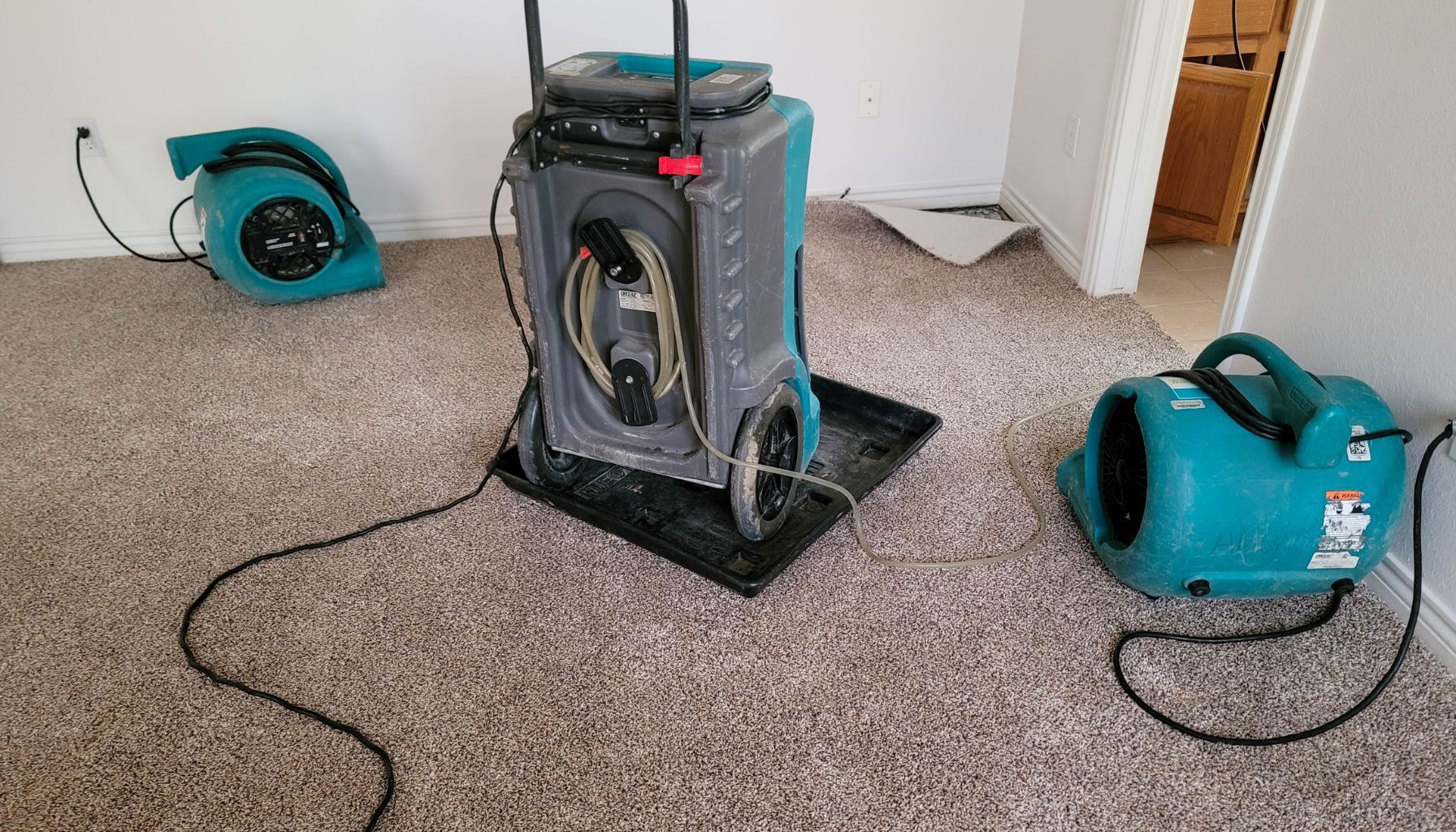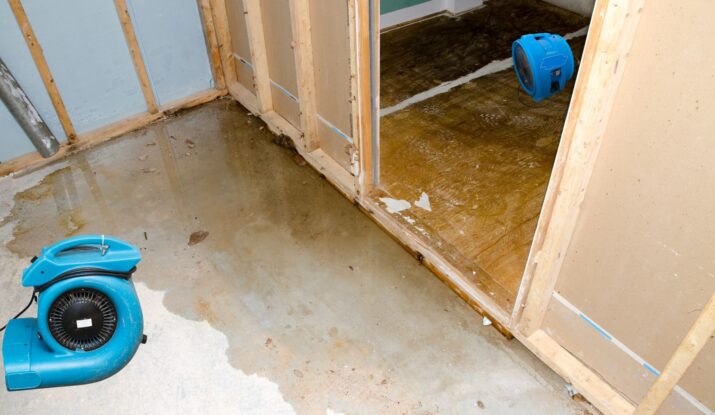Did you know that water damage is a common issue that arises after firefighting efforts?
When it comes to managing this type of damage, it’s crucial to have effective methods in place. In this article, we will explore the top ways to handle water damage caused by firefighting efforts. By implementing these strategies, you can minimize further damage and restore your property efficiently. So, let’s dive in and discover how to effectively manage water damage after firefighting!
Understanding the Nature of Water Damage after Firefighting
Fire incidents pose serious threats to both life and property. While extinguishing a fire is crucial, it often leads to a secondary problem: water damage. This dual complication of fire and water damages can cause significant harm to your property. Understanding the nature of water damage after firefighting is essential to effectively manage the restoration process.
Firefighting Techniques and Consequent Water Damage
Firefighters employ various techniques to combat and extinguish fires, such as using high-pressure hoses and water-filled equipment. While these methods are necessary to save lives and prevent the spread of fires, they can result in extensive water damage to your property. The immense volume of water used during firefighting can saturate building materials, penetrate walls, furniture, and belongings, causing further destruction.
Impact of Firefighting Water on Different Materials
Water can have varying effects on different materials. Porous materials like drywall, carpet, and upholstery are particularly susceptible to water damage, as they easily absorb excess moisture. Wood can warp and swell when exposed to water for prolonged periods. Metals, if not properly dried, can rust and corrode. Electrical systems can be compromised, posing serious safety hazards. Understanding the impact of firefighting water on different materials is essential for efficient restoration.
Immediate Measures to Take After Firefighting
After the fire has been extinguished, it is crucial to take immediate measures to prevent further damage and begin the restoration process. Here are some necessary steps to take:
Ensuring Safety before Entering the Damaged Premises
Before entering the premises, it is vital to ensure your safety. Make sure the electricity, gas, and water supplies are turned off to avoid any additional hazards. Wear protective gear, such as gloves and masks, to protect yourself from potential health risks. Assess the structural integrity of the building before entering to avoid accidents or collapses.
Contacting Insurance Providers
Contacting your insurance provider should be a priority after a fire incident. Inform them about the incident and start the claims process. They will guide you through the necessary steps and documentation required for a smooth claims process.
Documenting the Extent of Damage for Claim Purposes
Take detailed photographs and videos of the damage caused by both fire and water. This documentation will serve as crucial evidence for your insurance claim. Make a comprehensive list of all damaged items, including their approximate value, to assist in the claim settlement. Maintaining accurate records will greatly facilitate the restoration and reimbursement process.
Professional Evaluation of the Damage
While immediate measures are essential, seeking professional help for a comprehensive evaluation of the damage is vital. Professional fire restoration services play a crucial role in assessing the extent of fire and water damage and determining the necessary restoration actions.

Role of Professional Fire Restoration Services
Professional fire restoration services are equipped with the expertise and specialized equipment to assess the damage accurately. Their experience allows them to identify hidden damages, such as compromised structural integrity and potential hazards. They can provide detailed reports that outline the necessary steps for restoration, guiding you through the entire process.
Assessment of Structural Integrity Following Water and Fire Damage
Water infiltration can weaken the structural integrity of your property. Professional evaluators will thoroughly inspect the building to identify any structural damage caused by the fire or subsequent water damage. This evaluation is crucial for ensuring the safety of the building before initiating any restoration work.
Determining the Necessary Restoration Actions
Based on the evaluation, professionals will determine the necessary restoration actions tailored to your specific circumstances. This may include water extraction, drying, dehumidification, cleaning, disinfection, soot and smoke residue removal, and restoration of damaged areas. Their expertise ensures that the restoration process is handled efficiently, effectively, and in compliance with industry standards.
Importance of Quick Water Extraction
After firefighting, immediate water extraction is crucial to prevent secondary damage and mitigate the risks associated with prolonged water exposure.
Preventing Secondary Damage due to Water Immersion
Excess water left to stagnate can lead to secondary damage, such as mold and mildew growth, structural deterioration, and further destruction of materials. Rapid water extraction is essential to minimize these risks and prevent potential long-term consequences.
Methods for Rapid Water Removal
Professional water extraction services utilize various techniques for rapid water removal. High-powered pumps and vacuums effectively remove standing water from the affected areas. Additionally, specialized equipment, such as dehumidifiers and air movers, are used to facilitate the drying process.

Choosing Professional Water Extraction Services
While it may be tempting to attempt water extraction on your own, professional services are highly recommended. Trained technicians have the necessary expertise, equipment, and knowledge to ensure thorough water removal. They can identify hidden pockets of moisture and take appropriate measures to prevent further damage. Hiring professionals for water extraction guarantees a more efficient and effective restoration process.
Drying and Dehumidifying the Affected Area
Once water extraction is complete, the affected area must be thoroughly dried and dehumidified to prevent mold and mildew growth.
Mechanisms of Drying and Dehumidification
Professionals employ various methods for drying and dehumidifying the affected area. Air movers, dehumidifiers, and heaters are strategically placed to create the ideal environment for evaporation and moisture removal. Continuous monitoring of humidity levels is essential to ensure the drying process is efficient and effective.
Evaluating the Efficiency of the Drying Process
Professionals will continuously monitor the drying process using specialized equipment. Moisture meters and hygrometers are used to assess the progress and determine when the area has reached the desired moisture content. These evaluations ensure that the drying process is thorough, reducing the risk of mold and mildew growth.
Preventing Mold and Mildew Growth
Damp and moist environments create ideal conditions for mold and mildew growth, which can further damage your property and pose health risks. By ensuring proper and thorough drying, professionals can minimize the chances of mold and mildew formation, safeguarding both your property and your health.
Cleaning and Disinfecting the Area
Cleaning and disinfecting the affected area are crucial steps in the restoration process, especially after water damage.
Why Professional Cleaning is Necessary after Water and Fire Damage
Professional cleaning services are necessary after water and fire damage as they possess the expertise, equipment, and techniques required for thorough cleaning. They ensure the removal of soot, debris, and contaminants, minimizing the risk of health hazards and unpleasant odors.
Methods of Disinfection after Water Damage
Professional cleaners employ industry-approved disinfectants to eliminate harmful bacteria and pathogens that may be present after water damage. This thorough disinfection process ensures a safe and healthy environment, reducing the risk of potential health issues.

Preventing Potential Health Risks
Water damage can introduce various health risks, including bacterial and fungal growth. Professional cleaning is vital for minimizing these risks and creating a safe space. Their expertise and knowledge of proper cleaning techniques will ensure a thorough restoration process, leaving your property clean and free from potential hazards.
Dealing with Soot and Smoke Residue
The presence of soot and smoke residue is a common consequence of a fire incident. Proper removal and cleaning are necessary to prevent discoloration and further damage.
Complications Due to Soot and Smoke Residues
Soot and smoke residues can penetrate surfaces and materials, leaving behind stains, odors, and potential health hazards. Without proper removal, they can cause discoloration, corrosion, and long-term damage to your property.
Professional Methods Used for Removal of Soot and Smoke
Professional restoration services employ specialized techniques for the removal of soot and smoke residue. Dry cleaning, wet cleaning, and specialized detergents are used based on the type of residue and surface. They have access to equipment, such as HEPA vacuum cleaners, ozone generators, and thermal fogging machines, to ensure thorough removal and elimination of odors.
Preventing Discoloration and Long-term Damage
Prompt removal of soot and smoke residue is crucial for preventing discoloration and long-term damage. Professional methods ensure effective removal, reducing the risk of lingering odors and preserving the integrity of your belongings.
Restoration and Replacement Decisions
Assessing what can be restored and what needs to be replaced is an important step in the restoration process. This evaluation helps determine the extent of repairs and replacements required.
Evaluating What Can Be Restored and What Needs to Be Replaced
Professional evaluators assess the damage to determine what can be salvaged through restoration methods and what needs to be replaced. They consider factors such as the extent of damage, the value and condition of the item, and the potential for complete restoration. This evaluation helps establish a clear plan for the restoration process.
Making Insurance Claims for Damages
Insurance claims for damages are a crucial aspect of the restoration process. Proper documentation, including photographs, videos, and detailed lists of damaged items, is necessary to support the claim. Professional restoration services can assist in providing accurate information and documentation to facilitate the insurance claim process.
Restoring Property to Pre-fire Condition
The ultimate goal of the restoration process is to return your property to its pre-fire condition. Through a combination of restoration techniques, replacements, and repairs, professionals work diligently to ensure that your property is fully restored, allowing you to regain a sense of normalcy.
Mental and Emotional Considerations
Experiencing a fire and water damage incident can be highly traumatic. Taking care of your mental and emotional well-being during this challenging time is crucial.

Handling Emotional Aftermath of Fire and Water Damage
Coping with the emotional aftermath of a fire and water damage incident can be overwhelming. It is important to acknowledge and address your feelings. Reach out to friends, family, or support groups to share your emotions and experiences. Taking small steps towards recovery, such as maintaining a routine and practicing self-care, can significantly contribute to your well-being.
Engaging Professional Counselling Services
Professional counseling services can provide valuable support during this difficult period. They are trained to help individuals navigate the emotional challenges that arise after a traumatic event. Seeking professional counseling can aid in processing emotions, finding healthy coping mechanisms, and moving towards healing and resilience.
Supporting Children in the Aftermath of a Fire
Children may have a particularly challenging time dealing with the aftermath of a fire. It is crucial to provide them with reassurance, comfort, and age-appropriate explanations about the incident. Creating a safe and stable environment for children, engaging in open communication, and seeking professional help if necessary can greatly assist their emotional recovery.
Preventive Measures for the Future
After experiencing fire and water damage, taking preventive measures for the future becomes imperative. Implementing fire safety measures, preventing potential water damage during firefighting efforts, and investing in fire-resistant materials for property construction can help mitigate future risks.
Enhancing Fire Safety Measures in the Property
Install and regularly maintain smoke detectors, fire extinguishers, and fire sprinklers in your property. Conduct fire drills, develop an evacuation plan, and ensure all family members are aware of safety procedures. These proactive measures can significantly reduce the risk of fire incidents and minimize potential damage.
Preventing Potential Water Damage in Future Firefighting Efforts
Collaborate with professional firefighters to develop effective strategies for minimizing water damage during firefighting efforts. Communication, cooperation, and establishing effective water containment measures can help mitigate the impact of water on your property.
Investing in Fire-Resistant Materials for Property Construction
Consider using fire-resistant materials during property construction or renovations. These materials are designed to withstand fire and minimize damage. Fire-resistant doors, windows, and construction materials can provide an added layer of protection and reduce the risk of extensive damage.
In conclusion, understanding the nature of water damage after firefighting is essential for effectively managing the restoration process. Taking immediate measures, seeking professional evaluation and assistance, and implementing preventive measures can aid in minimizing the impact of both fire and water damage. By addressing the physical, emotional, and preventive aspects, you can successfully navigate the aftermath of a fire and restore your property to its pre-fire condition.
Contact PureOne Services Now
Disclaimer: All PureOne Services locations do not hold all of these listed certifications.



